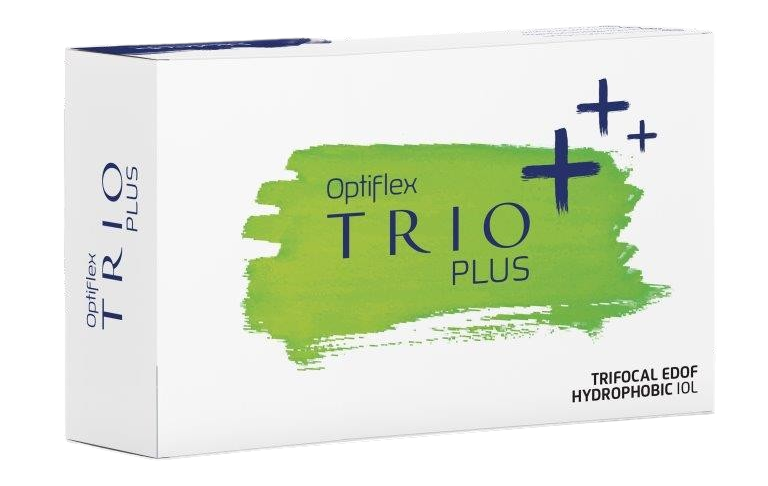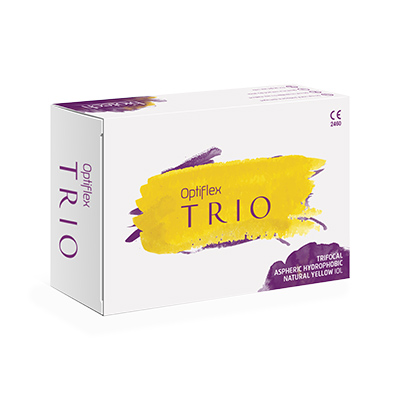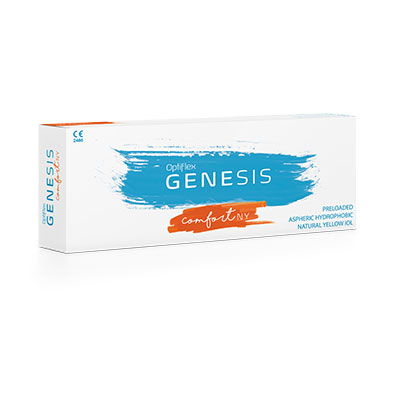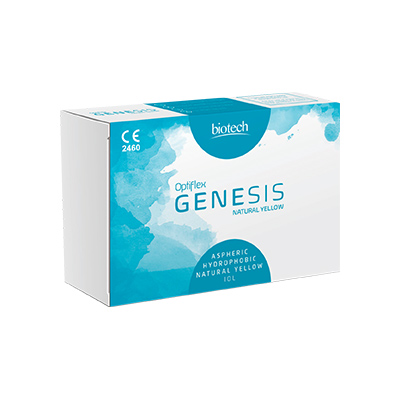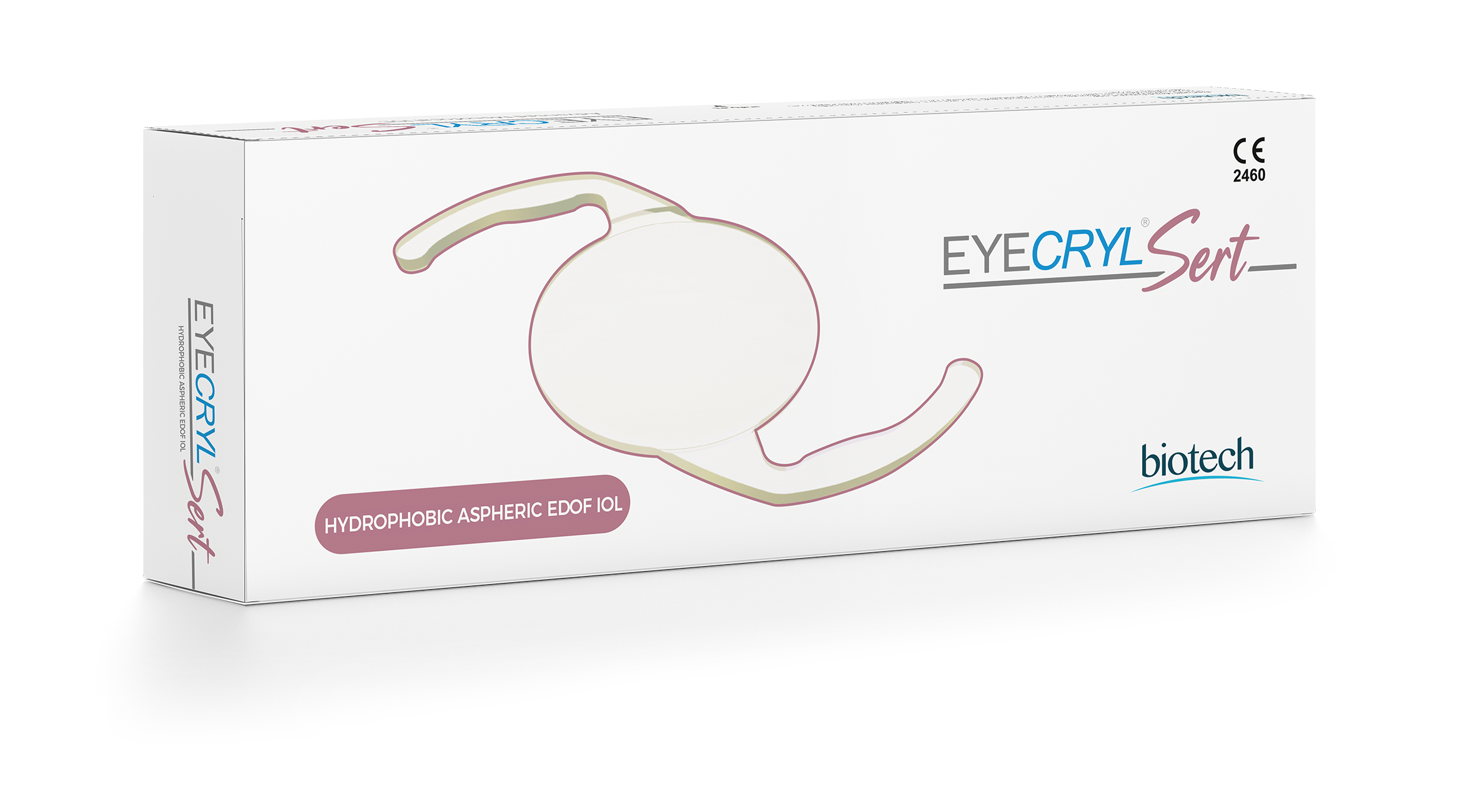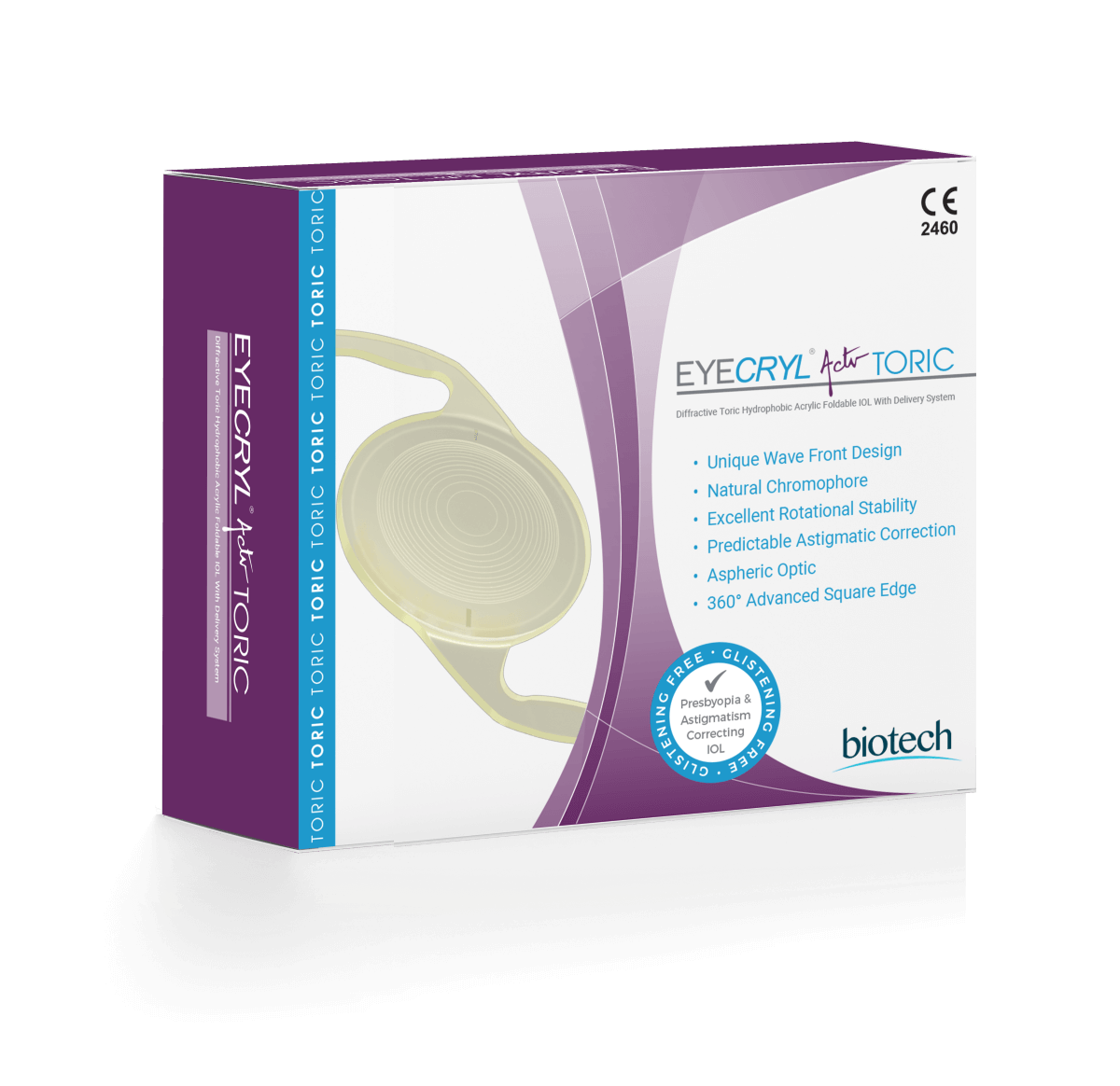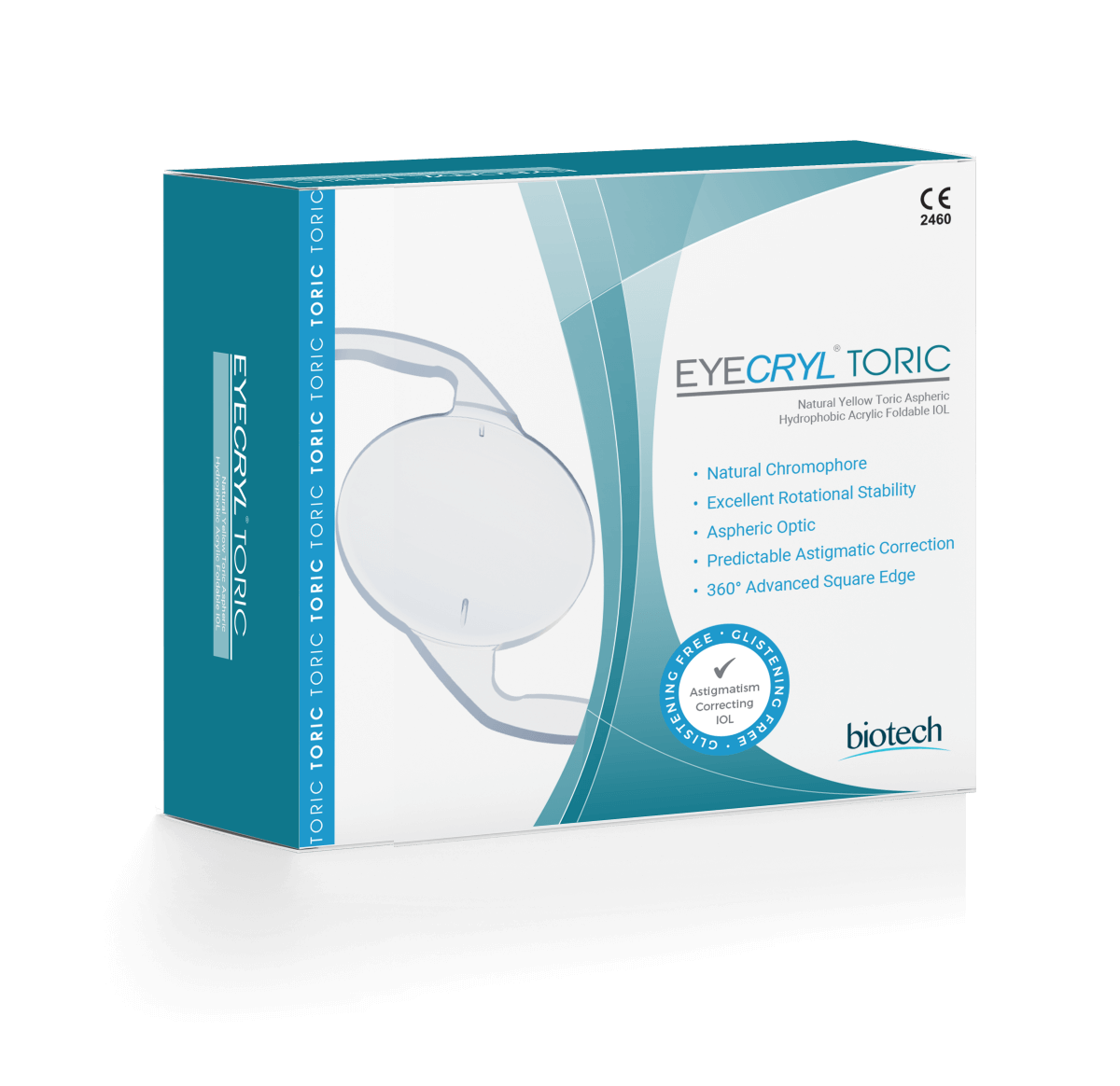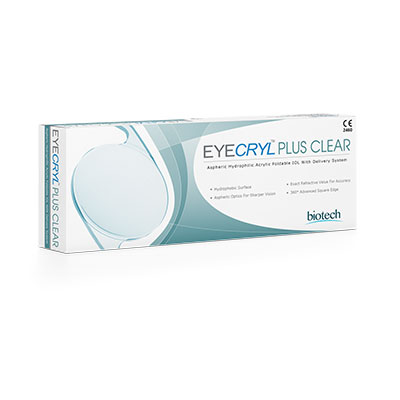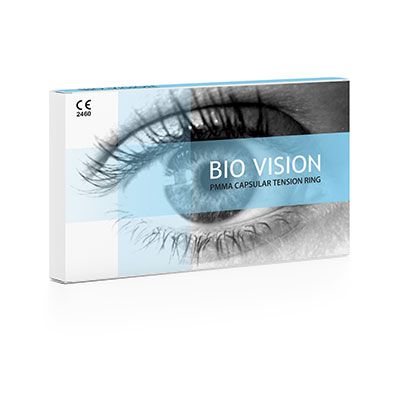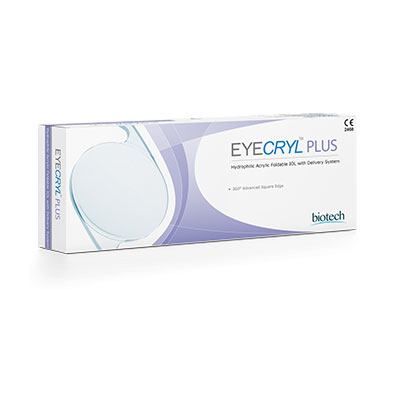Intraocular Lenses
Quick Links
What are Intraocular Lenses?
Intraocular lenses (IOLs) represent a pivotal component of modern ophthalmic surgery. These lenses serve as artificial replacements for the natural human lens, which may become compromised due to conditions like cataracts or as part of refractive surgeries. By mimicking the functionality of the natural lens, IOLs enable the restoration of vision and address various refractive errors, offering patients improved visual acuity and reduced dependence on corrective eyewear.
The development of intraocular lenses has significantly transformed the landscape of vision correction, providing patients with options for clearer and more comfortable vision. Whether used in cataract surgery or refractive lens exchange procedures, IOLs play a crucial role in enhancing the quality of life for individuals suffering from vision impairment.
What are the three types of Intraocular lenses?
Monofocal Intraocular Lens (IOL):
Monofocal IOLs are designed to provide clear vision at a single focal distance, typically optimized for distance vision. While Monofocal lenses offer excellent visual clarity at the selected distance, patients may still require reading glasses for near tasks due to the fixed focal point of the lens.
Toric Intraocular Lens (IOL):
Toric IOLs are specially engineered to correct astigmatism, a common refractive error characterized by irregular corneal curvature. By addressing both the spherical and cylindrical components of astigmatism, toric IOLs can significantly improve visual acuity and reduce reliance on corrective eyewear.
Presbyopia-Correcting Intraocular Lens (Extended Depth of Focus – EDOF IOL):
Extended Depth of Focus (EDOF Lenses) IOLs represent a groundbreaking advancement in intraocular lens technology. These lenses provide a broader range of vision, offering clear focus at varying distances, including near, intermediate, and far. By mitigating the effects of presbyopia, EDOF IOLs reduce the need for reading glasses and enhance overall visual function.
What are the side effects of intraocular lenses?
While intraocular lenses are generally safe and effective, they may be associated with certain side effects and complications. Common side effects include glare, halos, and reduced contrast sensitivity, particularly in low-light conditions. Additionally, some patients may experience issues such as intraocular inflammation, infection, or posterior capsular opacification, which can affect visual outcomes and require further intervention.
What are the advantages of intraocular lenses?
Intraocular lenses offer several distinct advantages over traditional forms of vision correction, including:
- Improved Vision: IOLs provide enhanced visual clarity and acuity, enabling patients to see more clearly at various distances.
- Reduced Dependency on Corrective Eyewear: By correcting refractive errors, IOLs minimize the need for glasses or contact lenses, enhancing convenience and quality of life.
- Extended Depth of Focus: Certain types of intraocular lenses, such as EDOF IOLs, offer an extended range of vision, reducing the reliance on multiple pairs of glasses for different tasks.
What are IOLs made of?
Intraocular lenses are typically constructed from biocompatible materials such as silicone or acrylic. These materials are selected for their optical clarity, durability, and compatibility with ocular tissues. The design and construction of IOLs prioritize safety and efficacy, minimizing the risk of adverse reactions or complications within the eye.
When Is Intraocular Lens Used?
Intraocular lenses are used in various clinical scenarios and surgical techniques including:
- Cataract Surgery: During cataract surgery, the natural lens affected by cataracts is removed and replaced with an artificial intraocular lens.
- Refractive Surgery: In refractive lens exchange procedures, intraocular lenses are utilized to correct refractive errors such as myopia, hyperopia, presbyopia, and astigmatism, providing patients with clearer and more comfortable vision.
- Myopia: Intraocular lenses can effectively correct nearsightedness by adjusting the focal point of the eye, enabling patients to see distant objects more clearly.
- Hyperopia: For individuals with farsightedness, intraocular lenses can optimize visual acuity by modifying the refractive properties of the eye.
- Presbyopia: Intraocular lenses equipped with presbyopia-correcting capabilities, such as EDOF lenses, address the age-related loss of near vision, reducing the need for reading glasses.
- Astigmatism: Toric intraocular lenses are specifically designed to correct astigmatism by compensating for irregular corneal curvature, resulting in improved visual outcomes.
After Which Surgery Should Intraocular Lens Be Used?
Intraocular lenses are primarily used after cataract surgery to replace the clouded natural lens. Following the removal of the cataractous lens, the intraocular lens is implanted to restore visual function and clarity. Additionally, intraocular lenses are employed in refractive lens exchange procedures to address refractive errors and enhance visual acuity.
Intraocular Lens is Inappropriate for Which Age Group?
Intraocular lenses are generally not recommended for children and young adults whose eyes are still developing. The implantation of intraocular lenses is typically reserved for individuals with fully matured ocular structures and stable refractive errors. Younger patients may undergo alternative forms of vision correction, such as glasses or contact lenses, until their eyes have reached maturity.
How Long Does an Intraocular Lens Last?
Intraocular lenses are designed to be a permanent solution for vision correction. Once implanted, these artificial lenses typically last a lifetime, providing patients with enduring visual benefits and improved quality of life. However, periodic follow-up appointments with an ophthalmologist are recommended to monitor the integrity and function of the intraocular lens over time.
FAQ:
Intraocular lenses are generally considered safe and effective for vision correction. However, like any surgical procedure, IOL implantation carries certain risks and potential complications. Patients should discuss the benefits and risks of intraocular lens surgery with their ophthalmologist to make informed decisions about their eye care.
The selection of the most suitable intraocular lens depends on various factors, including the patient's ocular health, visual requirements, lifestyle, and preferences. During a comprehensive eye examination, an ophthalmologist can assess these factors and recommend the most appropriate type of intraocular lens tailored to the individual's needs.
Categories
Company
Media
Follow Us
© Copyright Biotech /Terms Of Use - Privacy Policy
Version 2_CT_1212222

